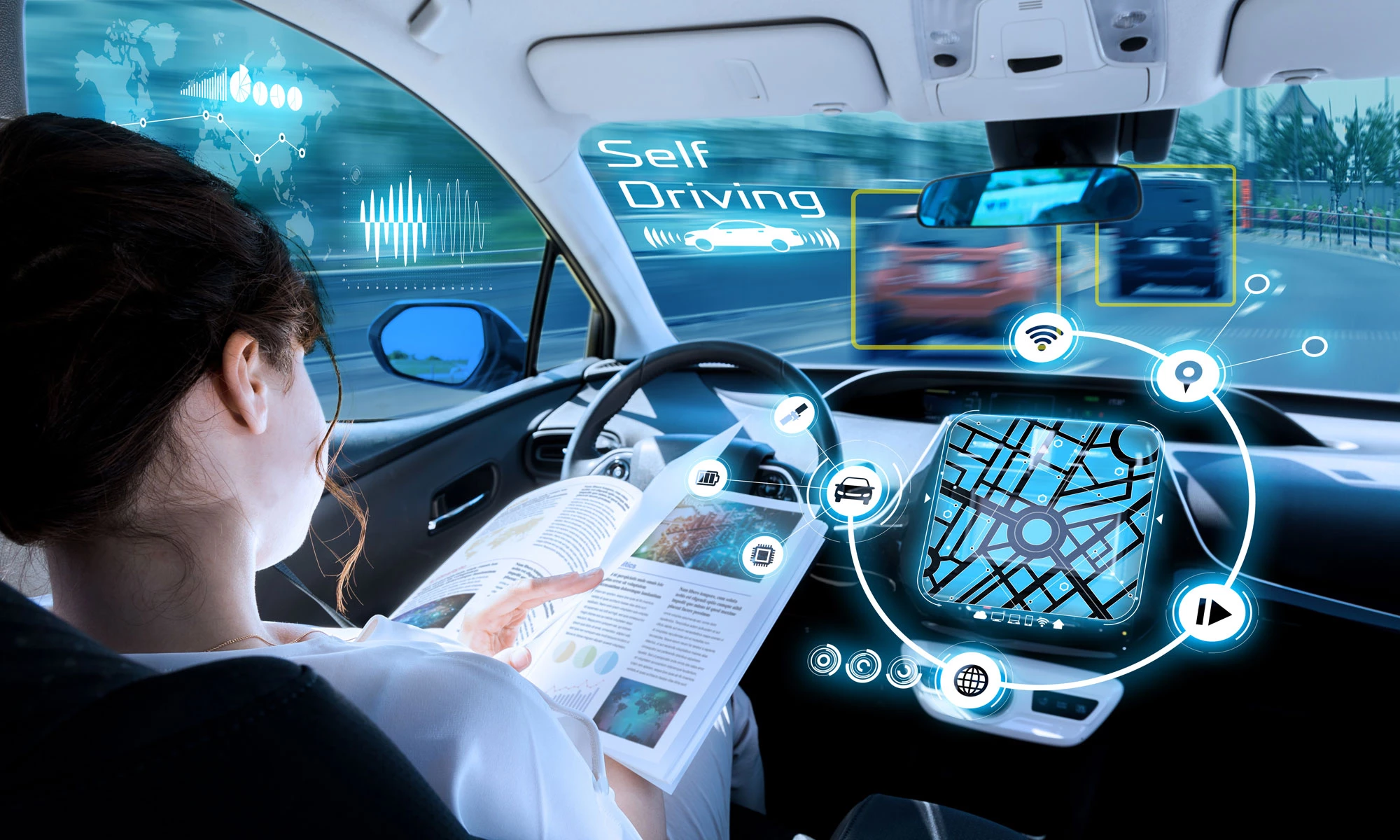Lack of confidence in self-propelled vehicles
In the development of autonomous vehicles, the aspect of trust in the new technology is particularly important in today’s society. Only if the vehicle occupant feels really safe will he or she actually use the function offered. Recent studies have shown that many drivers are suspicious of the new technology of autonomous driving – the loss of control and the associated feeling of insecurity seems too great.
Car manufacturers have also recognized this basic mood of doubt and are attempting to strengthen customer confidence in autonomous driving through a wide variety of measures.
Creating trust through emotions
A concrete approach to solving the trust problem is to be found here in the design of the vehicle interior, especially in the human-machine interface: Similar to interpersonal interaction, the existence of an emotional relationship is essential for building trust between the driver and his vehicle. If the user feels an emotional connection to the vehicle, his or her sense of safety increases, which in turn increases the intention to use the vehicle.
This idea is put into practice in the design of the interface in the vehicle interior: If the communication between the vehicle and its occupant is based on the use of human characteristics, such as a name or a voice speaking to the driver, emotions are awakened in this way, which can respond to the driver’s needs in a similar way to a personal companion. A current example here is “Nomi”, a small sphere from the Asian car manufacturer NIO with an emoji-like face, which takes the driver’s individual wishes into account through linguistic interaction.
If additional optical means – e. g. light colours and round shapes – are used in the interior design of the car, an all-round feel-good atmosphere can be created.*
Strengthening confidence in autonomous driving in the future
The well-being of the user is therefore crucial for confidence in automization. Even if the customer has a technically perfectly developed autonomous system that takes the driver safely from A to B, it will not be used if the occupant does not feel safe in it. The acceptance of autonomous technology in society will only be achieved if a suitable design solution to the trust problem is implemented. The Munich Consulting Group is also working on the automobile trade of the future in order to be able to prepare the trade for marketing in the best possible way – especially with regard to the topic of “trust”.
*Source: blog.iao.fraunhofer.de

